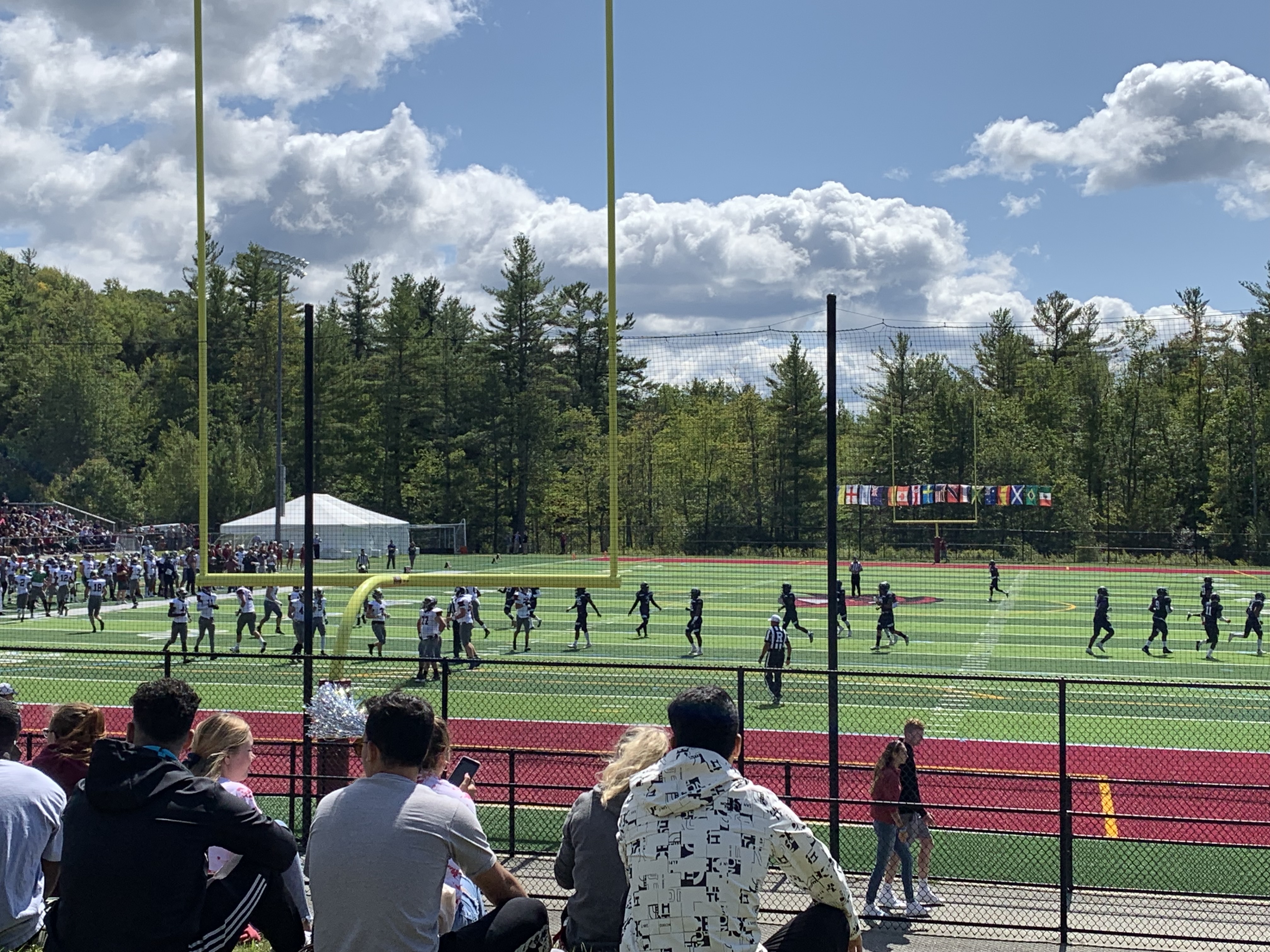Explainer: Barriers between students of color and Health Services
by Kobie Adams
edited by Brian Carey
Feelings of distress are not foreign to many college students during their time attending a university, but students of color tend to experience larger amounts of emotional distress, and many do not seek the necessary help or counseling.

(Photo: Kobie Adams)
A 2018 national survey by The Steve Fund, in partnership with the JED Foundation, reports that students of color are less likely than Caucasian students to discuss their feelings of distress about their university and their experiences on the campus. African American students are the least likely to inform others about emotions of distress. 75% of African American students admit that they do not share feelings of distress with anyone. While 61% of Caucasian students say they do not express feelings of emotional distress.
Searching for mental health assistance and counseling is not viable or has a negative stigma on many students of color. According to a study done by the University of Wisconsin-Madison, University Health Services, “14.8 percent of black students, 14.4 percent of Native American students, and 13.2 percent of Hispanic/Latino” utilized their on-campus resources for mental health assistance. These figures made up only 10.3% of the total students who utilized those resources.
Presently at Franklin Pierce, there is an increase in the number of students of color interacting with counselors and health services. Although the director of Counseling and Outreach Education, Nicole Newell, could not provide exact numbers, she could report that, “The percentage of students of color at FPU has risen over the past few years and with that, as expected, the percentage of students of color seeking counseling services has grown as well.”
The counseling available through Health Services is a resource that students utilize on a regular basis, Alan Sucharzewski, a Clinical Mental Health Counselor said, “I meet with students every day and every hour unless I am teaching a class.” Sucharzewski is one of four white counselors available on campus, available to the 1,400+ students attending Franklin Pierce. This results in roughly every 350 students having access to one counselor, which means that a regular counselor can only work with forty students at most in a week.
Although the support is increasingly being utilized, a lack of diverse and available counseling staff makes it difficult for all students to get immediate help and it may support the negative stigma that students of color have about counseling, which is that it is not an easily accessible resource and that it is not something meant for them to utilize.
People of color’s reluctance to search for assistance, regarding feelings of emotional distress and mental health, is not only an issue that persists on college campuses. In many communities, specifically African American ones, mental health services and forms of counseling are surrounded by negative stigma.
A 2018 report written by Mahogany S. Anderson, entitled, Barriers to the Utilization of Mental Health Services on College Campuses by African American Students discusses two of the main stigmas within African American communities, which are the fear of judgment from their community and the feeling that they are now weaker because they sought help. It is important that students of color feel as if they can interact with on-campus resources. Universities need to ensure that all demographics have resources available to them that they can relate to and feel comfortable with.


Insightful. Raises concerns that were/are terribly obscure but vital for the community to address.
Understanding the importance of access to diverse counselors, is overlooked. It is necessary for institutions to ensure that all community members are represented across campus, beyond facilities, kitchen staff and grounds.